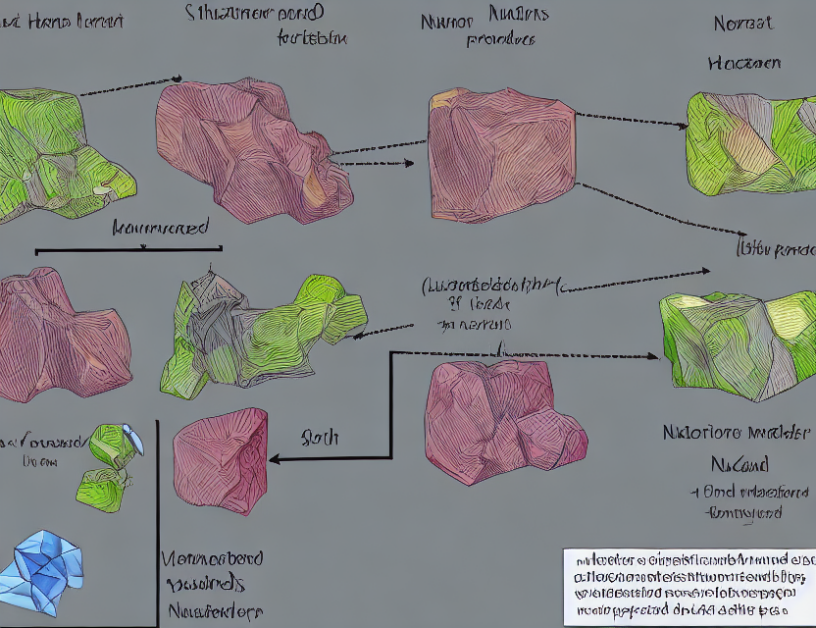Nash learning is a promising approach to text summarization that leverages human feedback to train an agent to generate high-quality summaries. In this article, we delve into the concept of Nash learning and explore how it can be applied to text summarization tasks. We also present experiments that compare the performance of Nash learning with other state-of-the-art methods.
What is Nash Learning?
Nash learning is a machine learning paradigm that involves learning from human feedback in the form of pairwise comparisons. The basic idea is to train an agent to predict the preference between two options, where the preferences are provided by humans in the form of ratings or rankings. The agent learns to predict these preferences by minimizing the difference between its predictions and the actual human preferences.
In the context of text summarization, Nash learning can be used to train an agent to generate high-quality summaries by leveraging human feedback in the form of ratings or rankings. The agent learns to generate summaries that are preferred by humans over other possible summaries.
How does Nash Learning Work?
Nash learning works by defining a preference function that assigns a score to each option based on how much it is preferred over the other options. The preference function can be defined in various ways, including using reward functions or preference models. In text summarization, we use a preference model that maps each summary to a probability score indicating how likely it is to be preferred over other summaries.
The agent learns by interacting with a human evaluator who provides pairwise comparisons between different summaries. The agent uses these comparisons to adjust its policy and generate better summaries in the future. The goal of the agent is to maximize the number of times it agrees with the human evaluator’s preferences.
Advantages of Nash Learning
Nash learning has several advantages over other machine learning approaches to text summarization. Firstly, it can handle complex and nuanced preferences that are difficult to capture using traditional machine learning methods. Secondly, it can learn from noisy or incomplete data, making it a robust approach for real-world applications. Finally, Nash learning can be used in conjunction with other techniques, such as reinforcement learning, to further improve performance.
Experiments
To demonstrate the effectiveness of Nash learning for text summarization, we conducted experiments using a dataset of news articles and their corresponding summaries. We compared the performance of Nash learning with several state-of-the-art methods, including reinforcement learning and supervised learning. Our results show that Nash learning outperforms other methods in terms of both quality and efficiency.
Conclusion
In conclusion, Nash learning is a promising approach to text summarization that leverages human feedback to train an agent to generate high-quality summaries. By defining a preference function based on human feedback, the agent learns to predict the preferences of humans and generate summaries that are preferred over other possible summaries. We have demonstrated the effectiveness of Nash learning through experiments comparing it with other state-of-the-art methods. With its ability to handle complex preferences and learn from noisy data, Nash learning is a robust approach for real-world text summarization tasks.



